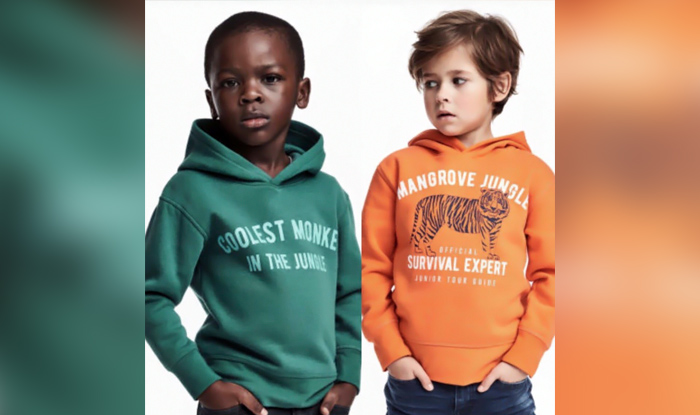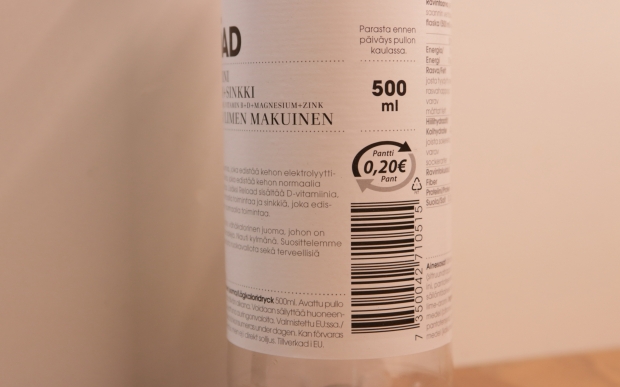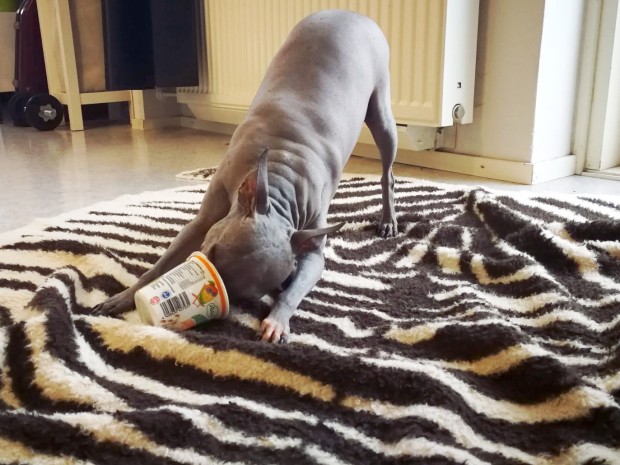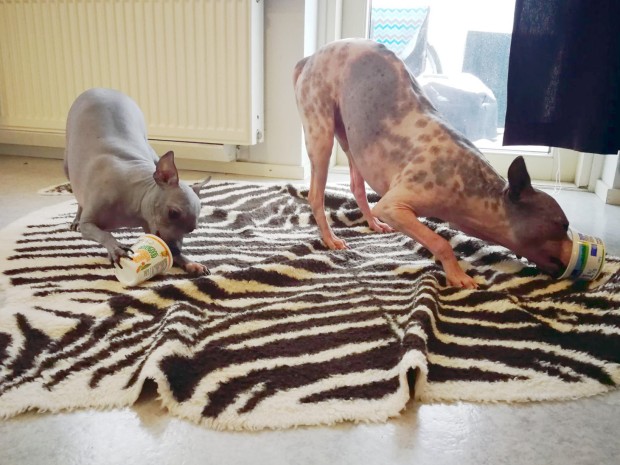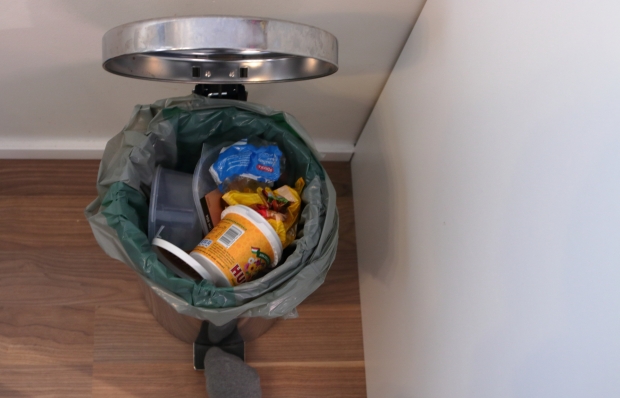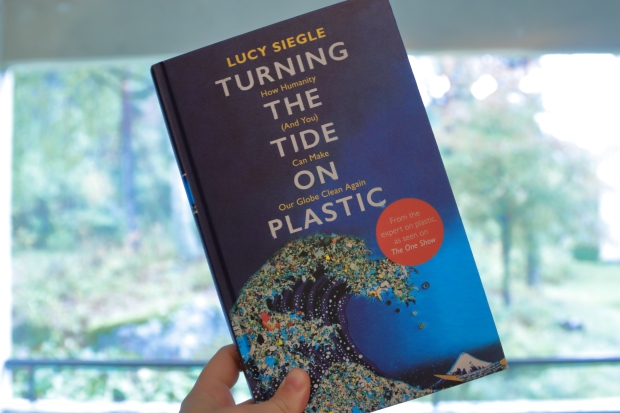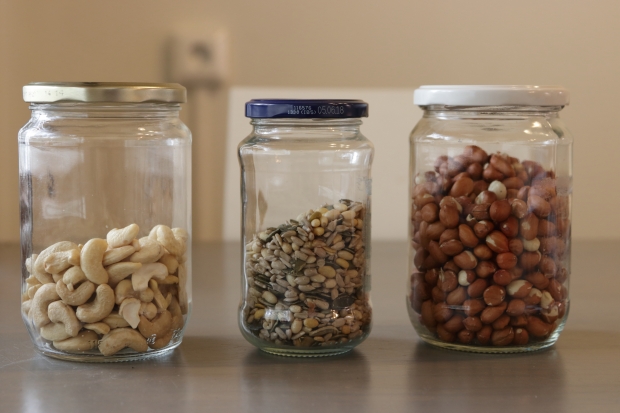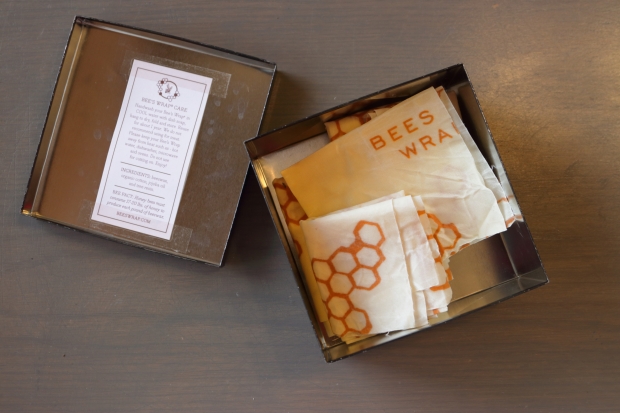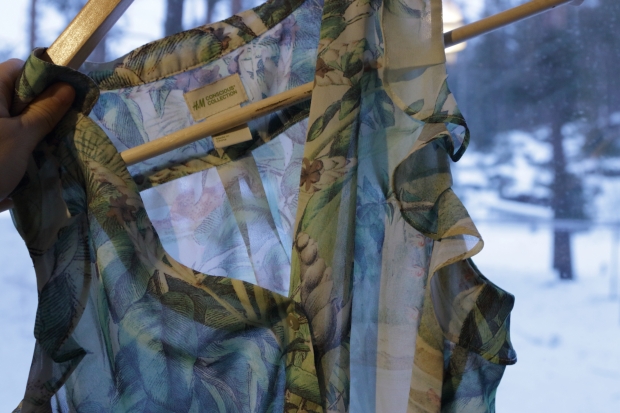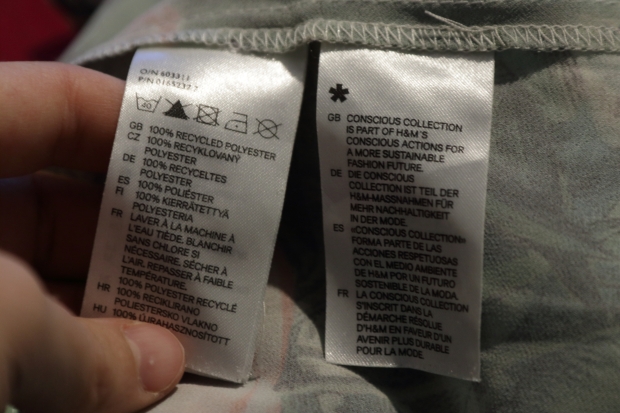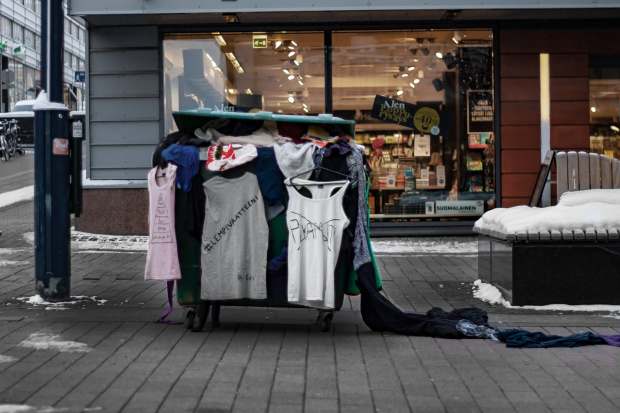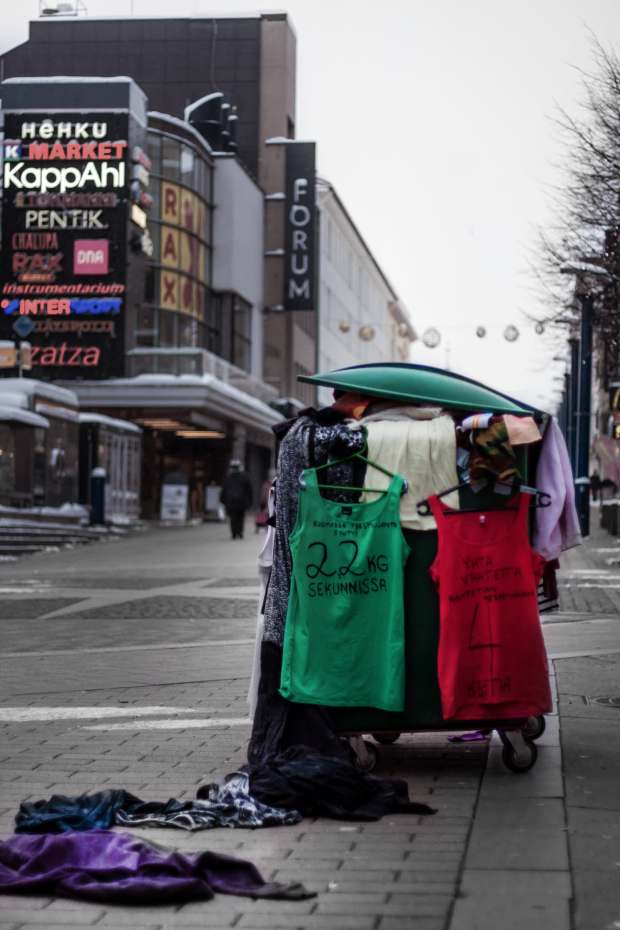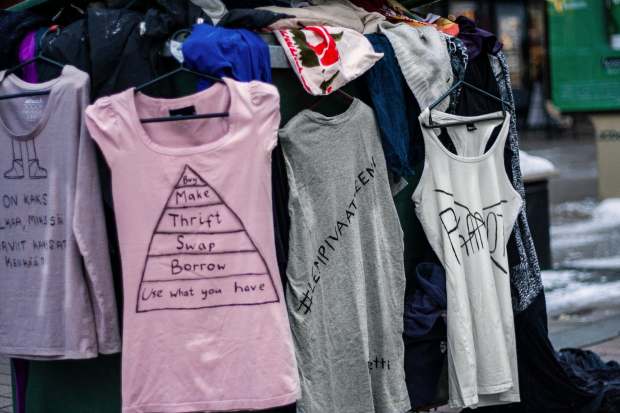H&M is facing a wave of criticism and boycotting because of a racist catalogue photo – but there are many more reasons not to shop at H&M, or any other fast fashion giant for that matter.
Photo source: http://www.thisinsider.com
If you haven’t yet heard, H&M is facing backlash and boycott due to a more than questionable catalogue photo. If you’re confused as to why this image is considered racist, just think about how long people have been comparing black people to primates. Hundreds of years ago, black people were depicted as beasts, and were considered animals. When the theory of evolution came along, people started considering black people some type of primitive form of human. All this was an excuse to treat black people as inferior to white people, leading to slavery and centuries of abuse. And it hasn’t ever ended – using “monkey” as a racial slur is still common, and in a world of “alternate facts”, there are still many people who think that black people are inferior.
Some people think this picture is fine, and it’s “cute” – kids wear all sorts of fun clothes! But when colonialism, slavery, apartheid, and Jim Crow have left scars that have still to heal, comparing a black boy to a monkey is not okay. When people are still suffering from the structures of inequality that have existed since the dawn of man, comparing a black boy to a monkey is not okay.
H&M has apologised saying “We sincerely apologize for offending people with this image of a printed hooded top”. But we’re not offended by a hooded top. We’re offended that H&M thinks it’s okay to make colonialism and centuries of oppression into fashion.
And can it really be a mistake or a coincidence that the black boy is called a “monkey”, when the white kid is called a “survival expert”?

Photo source: Twitter
Understandably, people are angry at H&M. People are boycotting the company, celebrities are refusing to work with H&M, and people are flooding H&M’s social media with criticisms.
I think it’s great that people are disappointed in H&M. I’m only sad that the people now starting to boycott H&M haven’t found reason to boycott the company before. After all, H&M makes its billions through racism and slavery in Asia.
Why are media outlets not full of the human rights violations H&M and other fast fashion retailers keep on doing? Have you heard that garment workers in India making clothes for H&M are on a hunger strike? Workers are paid under minimum wage, have been refused basic worker rights, and have been punished for forming a union. (You can sign a petition to help H&M hear the demands of these workers here, by the way.)
In addition to violating the rights of garment workers, fast fashion has toxic repercussions for our planet. There isn’t enough outrage about what H&M and other fast fashion retailers are doing to nature, though the fast fashion industry is the second dirtiest industry in the world, next to big oil.
I’m glad that people are boycotting H&M, but I just hope people remember how toxic companies like H&M are, even after the criticism about this catalogue photo dies down. H&M isn’t only guilty for posting a racist photo, they’re guilty of so many human rights violations throughout their production process. And this isn’t only H&M’s problem – it’s a problem that penetrates most of the fashion industry.
If this outcry about H&M’s catalogue photo proves anything, it’s that consumers have power! H&M deleted the photo from their websites and other media within days of the picture being posted, and they have apologised on all their channels. Imagine if we could all get together to cry out to H&M and other fashion giants that we do not accept their human rights violations and squandering of natural resources – what changes we could initiate!
By the way, H&M has said that they are removing their “Coolest Monkey in the Jungle” shirt from stores. I’m hoping they recycle the shirts, since they even collect old garments from customers to recycle. But I’m quite skeptical of this, since H&M simply burns 12 tonnes of usable clothing per year. So H&M’s racist catalogue picture has not only offended a large group of people, but also led to a huge waste of natural resources.
